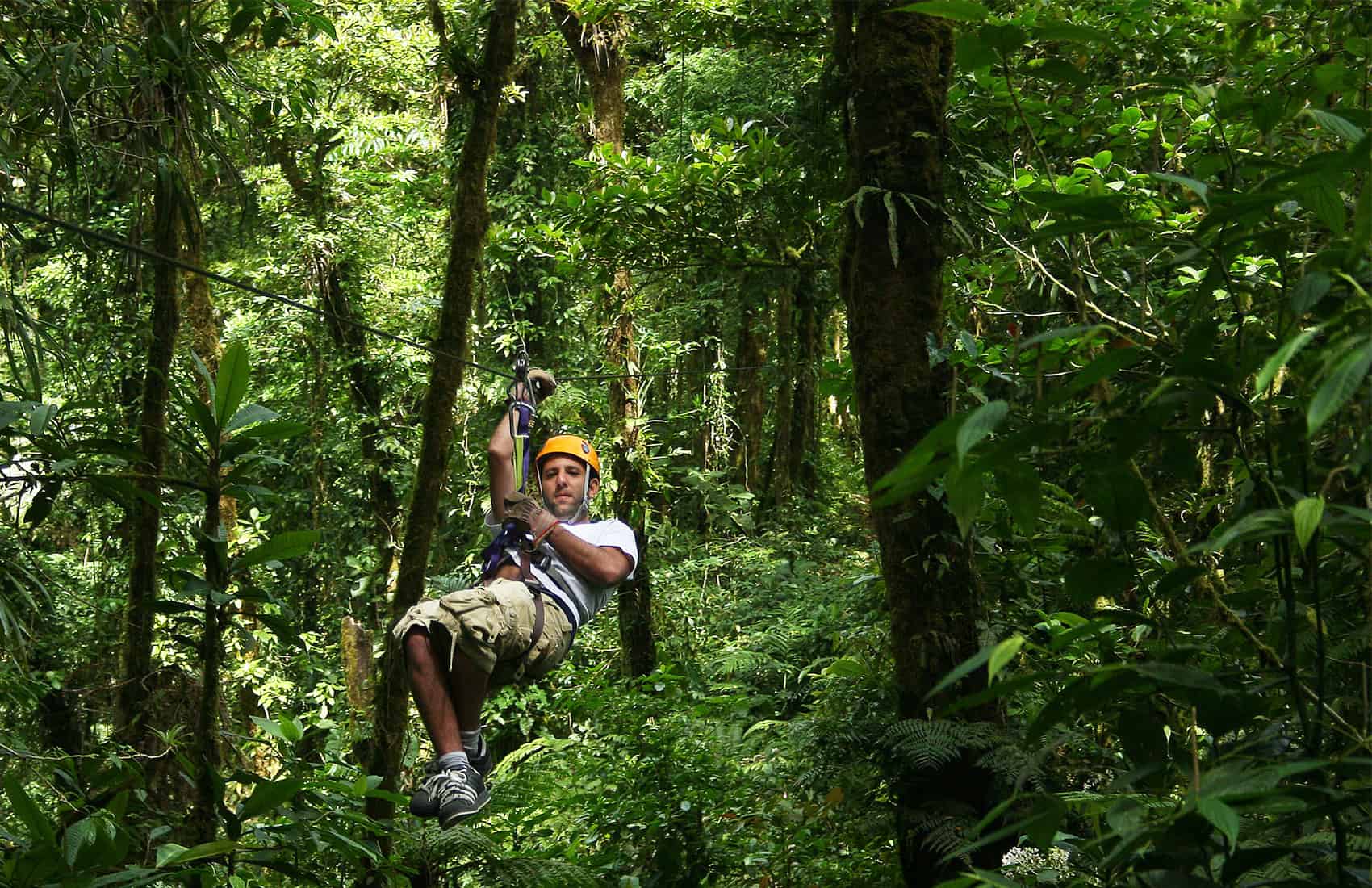Many visitors come to Costa Rica looking for adventure and adrenaline, ready to explore and venture into the wild. Driven by this bold spirit, many end up entering different national parks and biological reserves through unauthorized areas. Often, tourists book tours that seem promising, thrilling, and extremely fun. However, some of these tours involve breaking rules and pose considerable risks that are unknown to many. Many people hike and visit sites without realizing they are entering restricted areas.
According to the National System of Conservation Areas (SINAC), it is impossible to determine how many people do so because tracking them all is not feasible. However, between June 22 and 23 alone, authorities detected 53 unauthorized visitors. Recently, that number has averaged over 1,500.
According to Yeimy Cedeño, head of Prevention, Protection, and Control of SINAC, the boundaries of protected wildlife areas are public. Therefore, before hiring a tour, it is recommended to verify the planned route. “People can access the SNIT website at snitcr.go.cr to visualize the limits of protected wild areas. They can make inquiries to determine if they are entering a protected area,” she said.
Additionally, SINAC recommends verifying if the tour company is formal, has the necessary insurance and policies, is registered with the Costa Rican Tourism Institute, and if its guides are certified. “If the tour is to the top of a volcano, there is no way it is legal. The high risk prevents authorized access to the top of a volcano,” she added.
The sites where most of these tours take place include the Sucio River, also known as Cañón del Dorado; Cacho Negro; Bajo de la Hondura; Calle Zurquí; and Vara Blanca.
The Red Cross explained that on many occasions, rescue operations must be carried out. At the end of June, there were 69 mountain rescues. This work puts considerable pressure on their operational capacity because it requires highly specialized personnel and necessitates the transfer of Red Cross members from various parts of the country, reducing their ability to respond to other emergencies.
SINAC has proposed a bill, currently in the legislative process, to increase the fines for those who engage in these illegal activities, which put both the participants’ lives and the rescue corps at risk.






